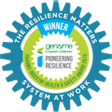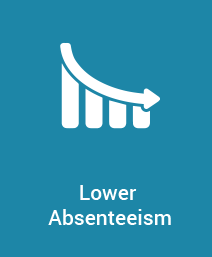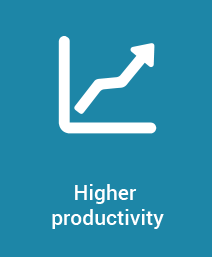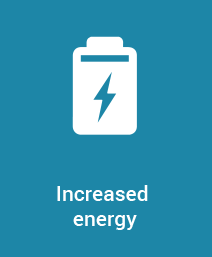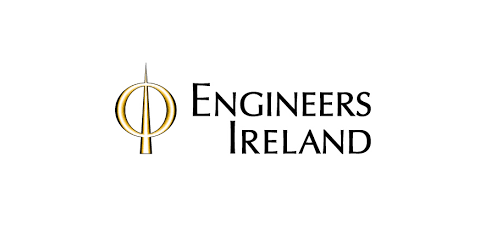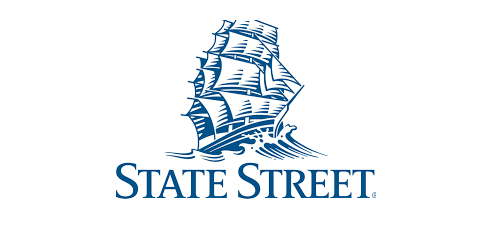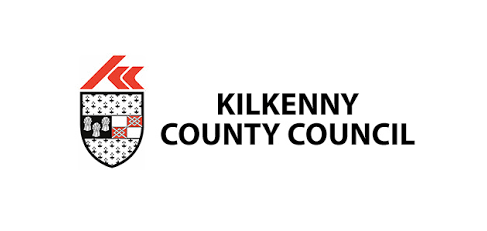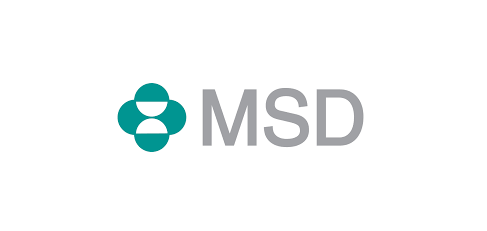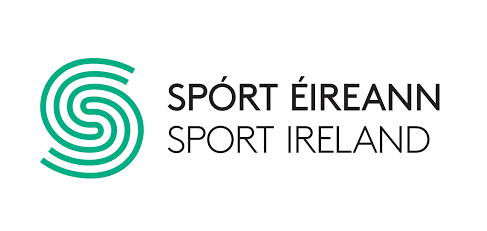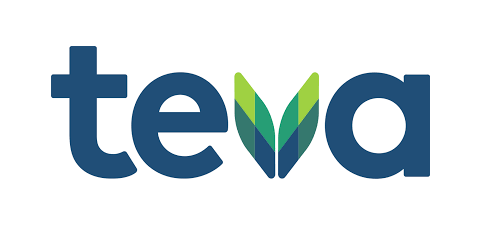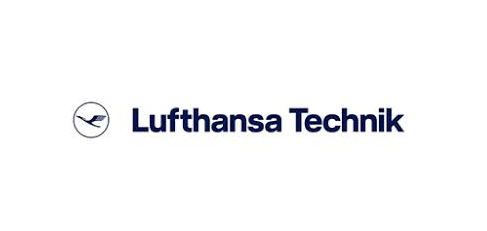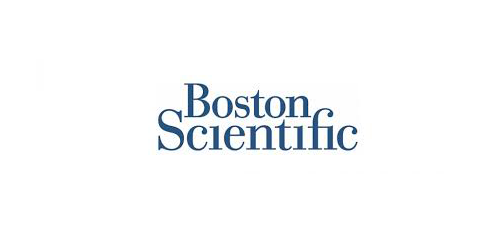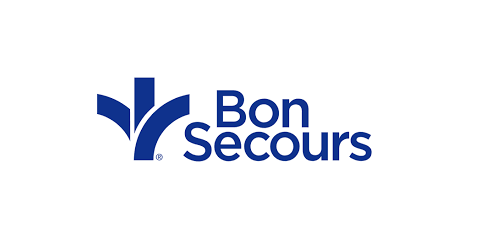Step by Step process (3 day model if paper based , 2 days if on-line)
Step 1. Initial meeting with Steering team Step 2. Meet full group and fill in paper questionnaires ( and give overview of course and process and answer questions) Step 3. Evaluate questionnaires and issue initial report Step 4. Discuss findings of the initial report with steering team Step 5. Hold interviews with focus groups of approx 8 people , 45 mins per group x 7 groups ( if you cant get everyone 70% is very good) Step 6. Tour of a sample area to connect the issues raised Step 7. Issue 2nd report combining the audit and interviews and generate ideas for the action plan Step 8. Meet full group to brainstorm the issues and form action plan I will need all staff for 1 hour for step 2, and for 4 hours for step 8. I will also need small groups of 7 people scheduled for 45 mins each for step 5. Demands This includes issues like workload, work patterns, and the work environment The standard is that: Employees indicate that they are able to cope with the demands of their jobs; Systems are in place locally to respond to any individual concerns. What should be happening / states to be achieved: The organisation provides employees with adequate and achievable demands in relation to the agreed hours of work; Control This is about how much authority employees have about the way they do their work The standard is that: Employees indicate that they are able to have some input as to the way they do their work; and Systems are in place locally to respond to any individual concerns. What should be happening / states to be achieved: Support This includes the encouragement, sponsorship and resources provided by the organisation, line management and colleagues. The standard is that: Employees indicate that they receive adequate information and support from their colleagues and superiors; and Systems are in place locally to respond to any individual concerns. What should be happening / states to be achieved: Role This refers to how people understand their role within the organisation, and whether the organisation ensures that the person does not have conflicting roles. The standard is that: Employees indicate that they understand their role and responsibilities; and Systems are in place locally to respond to any individual concerns. What should be happening / states to be achieved: Change How organisational change (large or small) is managed and communicated in the organisation. The standard is that: Employees indicate that the organisation engages with them frequently when undergoing an organisational change; and Systems are in place locally to respond to any individual concerns. What should be happening / states to be achieved: Reward and Contribution The standard is that: Employees indicate they are fairly paid and are happy with their non-monetary benefits; Systems are in place for individuals’ concerns to be raised and addressed. What should be happening / states to be achieved: Indicators The standard is that: Employees indicate that pressure at work does not affect their health; Systems are in place to monitor and review common indicators of high pressure at work. What should be happening / states to be achieved: Step By Step
Explanation of the main areas of the audit


